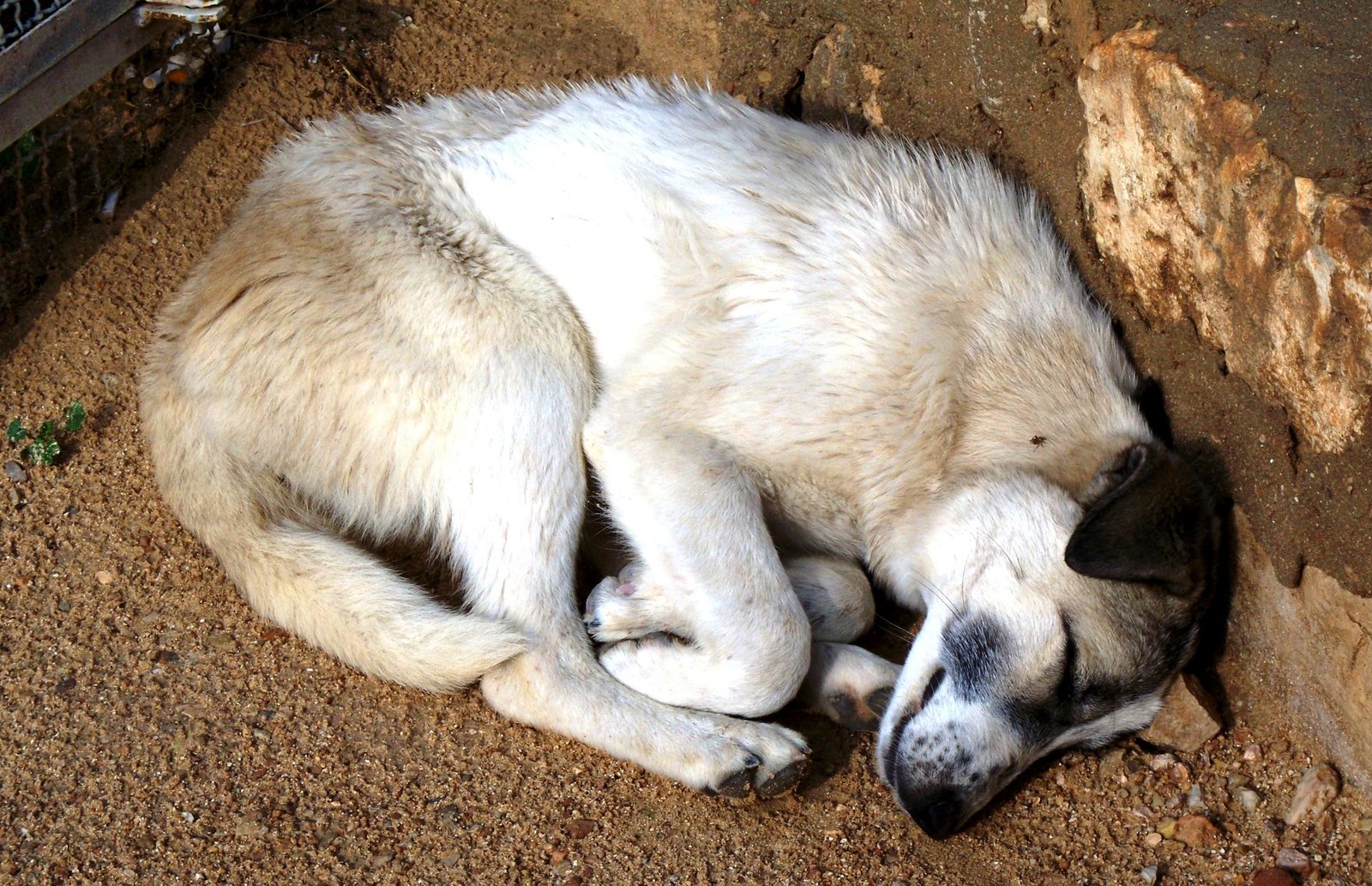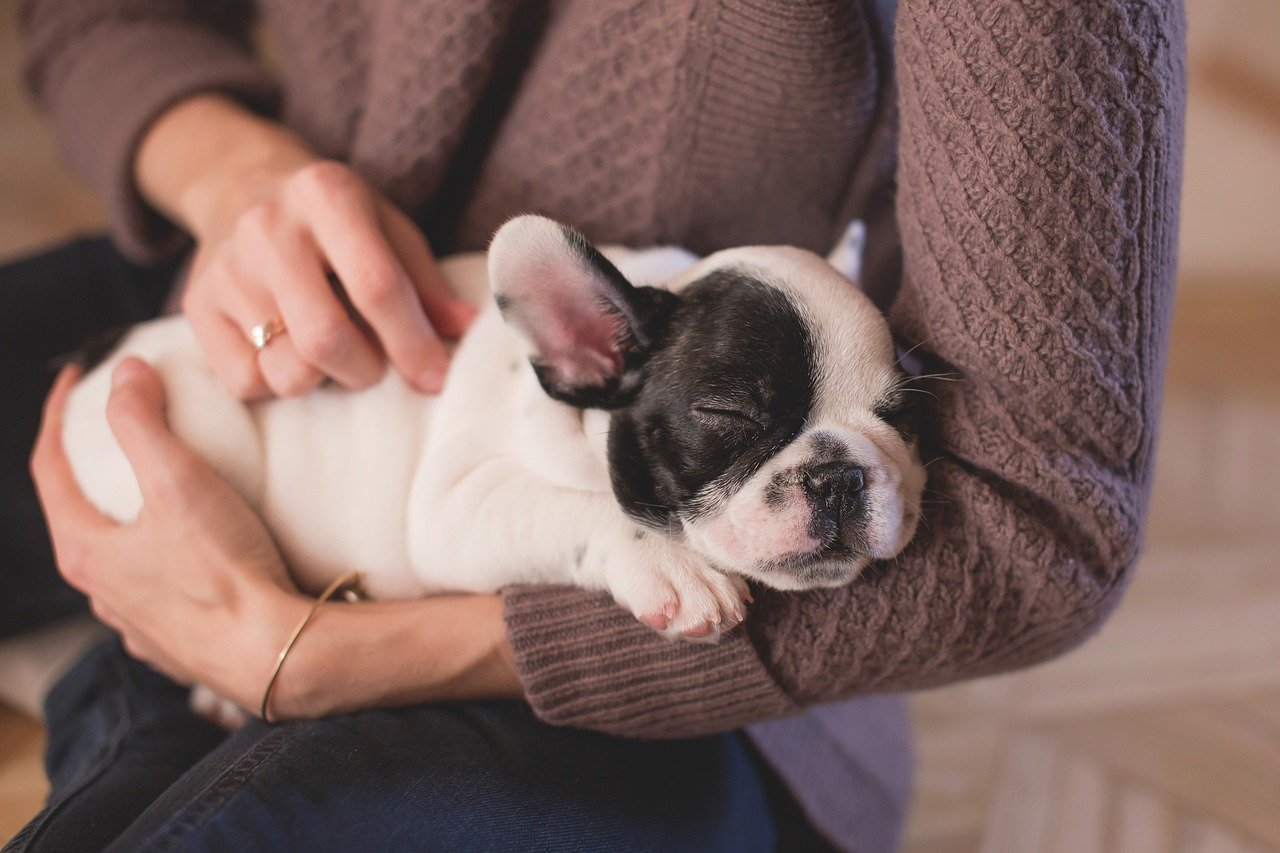Have you ever watched your dog twitching, whimpering, or even barking softly while they sleep? It’s a scene that might make you wonder, are they chasing after their favorite ball in a dream, or perhaps running away from something scary in a nightmare? The idea that our furry friends might have dreams and nightmares is both fascinating and heartwarming. It connects us to them in an unexpected way, giving us a glimpse into their mysterious inner world. But do dogs really dream, and if so, what do they dream about? Let’s dive into the captivating world of canine dreams.
Ever watched your dog twitch, whimper, or paddle their paws while sleeping and wondered what’s going on in that furry little head? Just like humans, dogs experience dream cycles—and yes, they can have both sweet dreams and the occasional nightmare. Scientists believe that dogs replay their daily experiences while they snooze, from chasing balls to barking at squirrels. Understanding their sleep behavior can help you better connect with your pup and recognize when they might need comfort. So the next time your dog starts twitching mid-nap, they might just be dreaming of their favorite walk or a daring backyard adventure!
The Science Behind Dog Dreams
Dogs, like humans, go through different sleep cycles, including REM (Rapid Eye Movement) sleep, which is when dreams typically occur. During REM sleep, the brain is highly active, and the eyes move rapidly beneath the eyelids. Studies on canine sleep patterns have shown that dogs experience REM sleep, suggesting that they do indeed dream. Researchers have even observed brain activity in sleeping dogs that resembles the patterns seen when they are awake, hinting at the possibility that their dreams might mirror their daily experiences.
What Do Dogs Dream About?

While we can’t directly ask our dogs about their dreams, scientists believe that dogs dream about their daily activities. Just as humans might dream about work, family, or hobbies, dogs likely dream about playing fetch, exploring new scents, or interacting with their human companions. The dreams might be a reflection of their unique personalities and experiences. For instance, a dog who loves swimming might dream of splashing in a lake, while a more timid dog might dream of snuggling on the couch.
Recognizing Dog Dreams

If you’ve ever watched your dog sleep, you might have noticed signs that they’re dreaming. Twitching paws, flickering eyelids, and soft vocalizations are common indicators. Some dogs might even wag their tails or make chewing motions. These behaviors are usually harmless and simply part of the dreaming process. However, if your dog seems distressed or agitated during sleep, it could be a sign of a nightmare.
Can Dogs Have Nightmares?
Just like humans, dogs can experience nightmares. These unpleasant dreams might be triggered by past experiences, stress, or anxiety. Dogs that have been through trauma, such as rescue dogs or those with a history of abuse, might be more prone to nightmares. Signs of a nightmare can include whimpering, growling, or sudden movements. It’s important to comfort your dog if they seem upset upon waking, as they might be disoriented or frightened.
How to Help a Dog with Nightmares

If your dog frequently experiences nightmares, there are ways to help them. Creating a calm and comfortable sleeping environment can make a big difference. Providing a cozy bed, maintaining a consistent routine, and ensuring they get enough exercise can all contribute to better sleep. If nightmares persist or seem severe, consulting a veterinarian or a pet behaviorist might be necessary to address underlying issues.
Dream Variations Among Different Breeds

Interestingly, the size and breed of a dog might influence their dreaming patterns. Smaller dogs tend to have shorter but more frequent dreams, while larger dogs might have longer dreams. This variation could be linked to differences in brain structure and sleep cycles. Additionally, certain breeds might be more prone to dreaming about specific activities, reflecting their natural instincts and characteristics.
The Emotional Connection Between Dogs and Their Dreams
Understanding that dogs can dream strengthens the emotional bond between humans and their canine companions. It serves as a reminder that dogs have rich inner lives and are capable of experiencing a range of emotions. This connection can deepen our empathy and compassion, encouraging us to be more attuned to their needs and feelings. After all, knowing that your dog might dream of you when they’re asleep is a touching thought.
The Role of Memory in Dog Dreams

Memory plays a crucial role in shaping dreams, and this is true for dogs as well. Dogs are known to have excellent memories, especially when it comes to routines, commands, and familiar faces. These memories can influence their dreams, as they replay experiences from their day. This is why a dog might appear to be running in their sleep after a long day of playing at the park or learning a new trick.
Do Puppies Dream Differently?

Puppies, with their boundless energy and curiosity, are thought to dream more frequently than adult dogs. Their developing brains are constantly processing new information, which might lead to vivid and active dreams. Observing a puppy’s sleep can be particularly endearing, as they often exhibit more pronounced dreaming behaviors, such as twitching and vocalizing. As they grow, their dreaming patterns might change, but the essence of their dreams likely remains tied to their playful nature.
Final Thoughts on Dogs and Dreams
The idea that dogs can dream and even have nightmares adds a new layer of understanding to our relationship with them. It reminds us that they are sentient beings with complex emotions and experiences. By recognizing and respecting their dream world, we can better care for them and nurture the special bond we share. So, the next time you see your dog twitching in their sleep, you might wonder—are they chasing butterflies in a meadow, or perhaps dreaming of you?

Andrew Alpin from India is the Brand Manager of Doggo digest. Andrew is an experienced content specialist and social media manager with a passion for writing. His forte includes health and wellness, Travel, Animals, and Nature. A nature nomad, Andrew is obsessed with mountains and loves high-altitude trekking. He has been on several Himalayan treks in India including the Everest Base Camp in Nepal.





